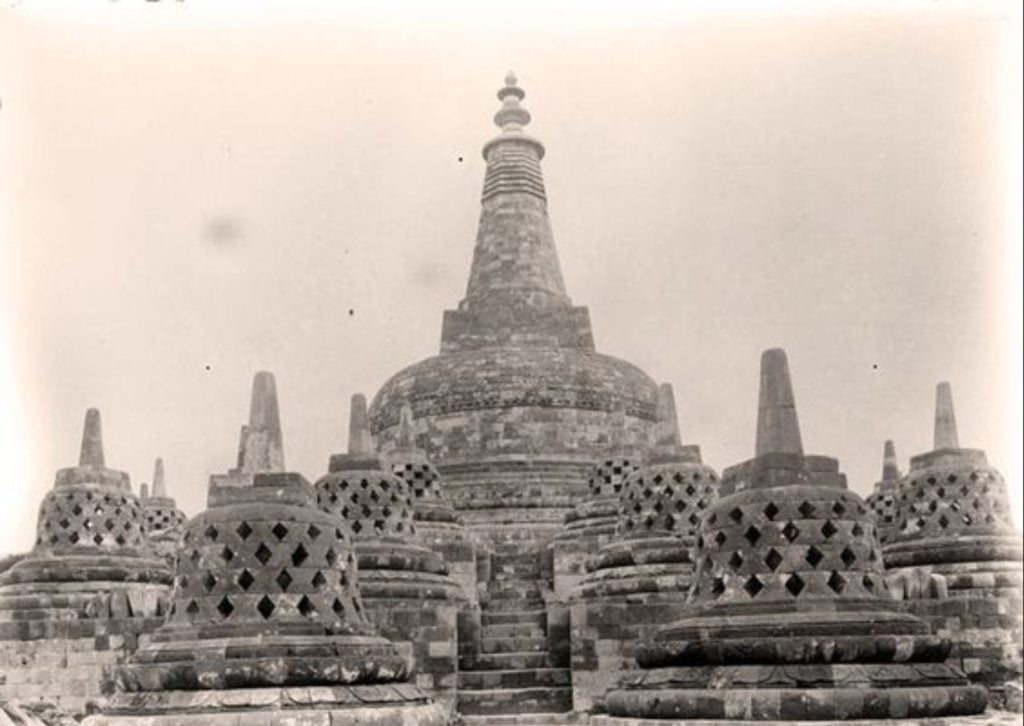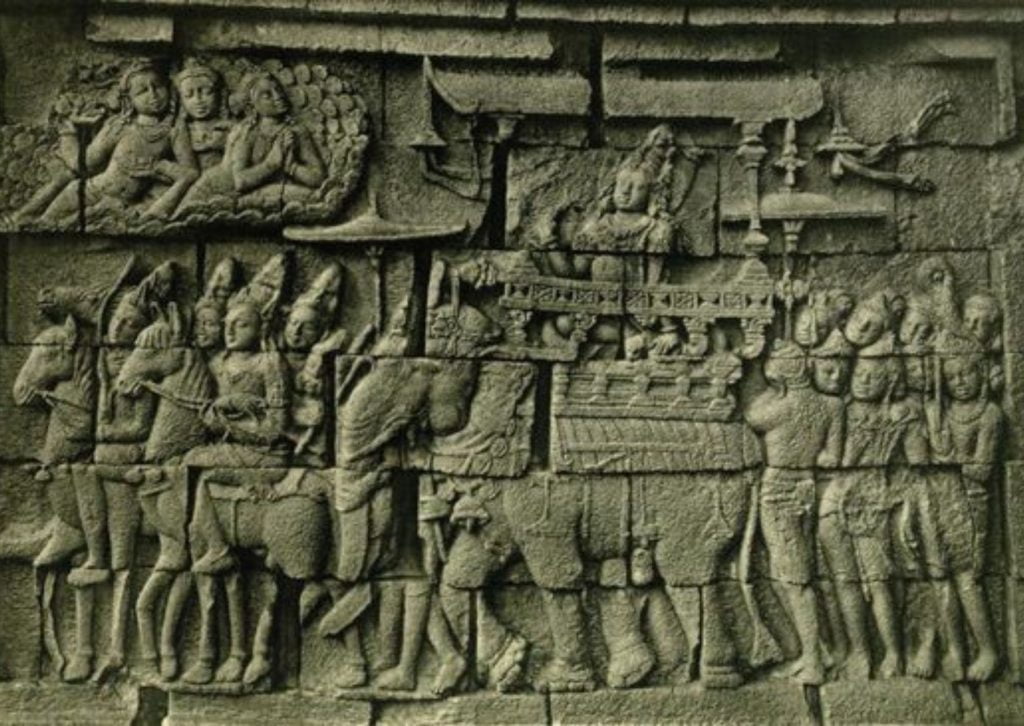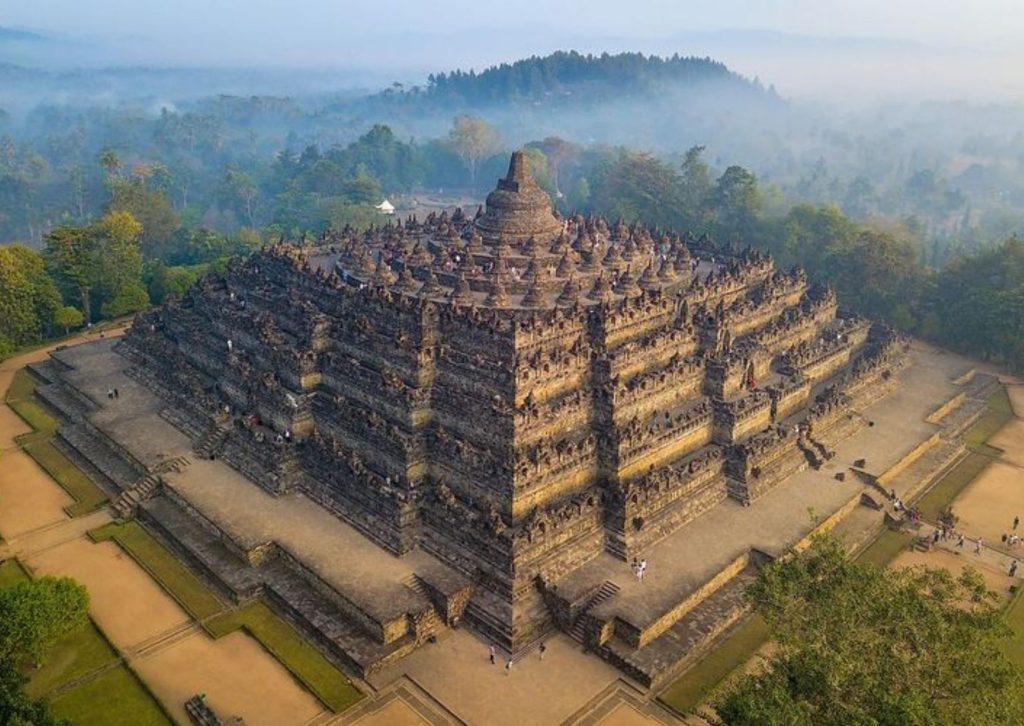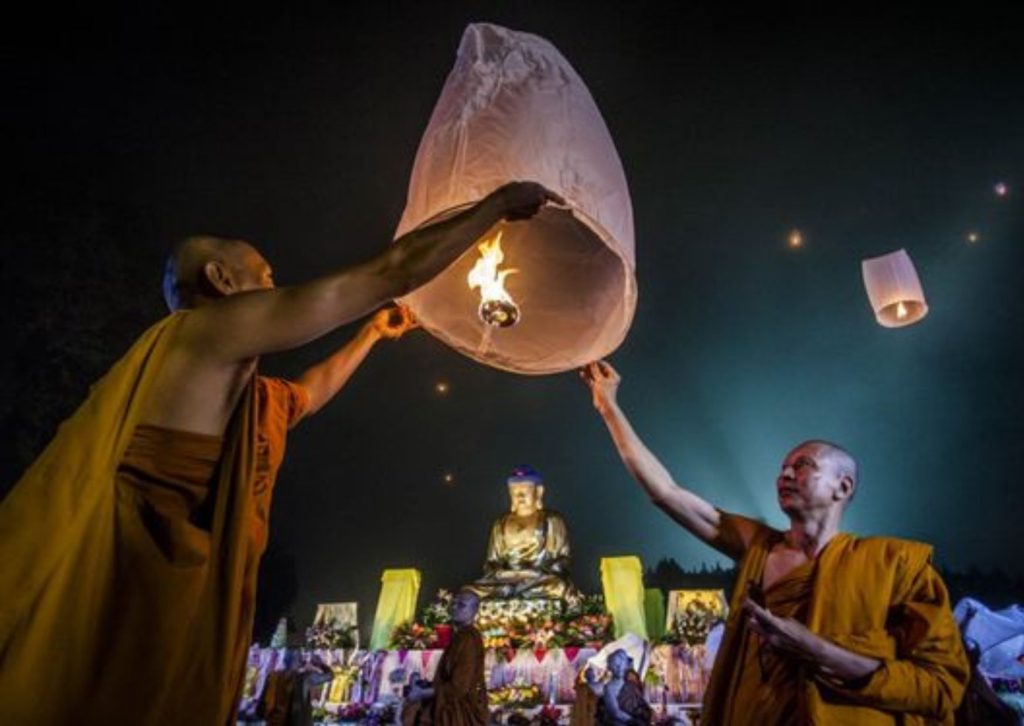Uncategorized
Uncovering Borobudur: The World’s Largest Buddhist Temple
Borobudur Temple is located in Magelang, Central Java, within a mountainous region encircled by volcanoes. The construction of Borobudur likely began around 760 AD and was completed around 830 AD during the reign of the Shailendra Dynasty, which adhered to Mahayana Buddhism. Inscriptions found in the area date to 824 AD, referring to the construction of the religious building by King Samaratungga. There is also an inscription mentioning Queen Sri Kahulunan, who allocated revenue from a village to support the sacred site.
Borobudur was a sacred place for worshiping the ancestors of the Shailendra Dynasty. In the Sri Kahulunan inscription (842 AD), there is a phrase ‘Kamulan i bhumisambhara’. The word ‘kamulan’ comes from the Sanskrit ‘mula’ (root, origin), which means a sacred place related to the royal family. The origin of the name Borobudur itself is not precisely known. One ancient Javanese manuscript that mentions the existence of Borobudur is Negarakertagama from 1365 AD, which mentions Budur as a sacred place for Buddhists.

Borobudur was the spiritual center of Buddhism in Java for a century. Then in 919 AD, due to political situations in Central Java, sacred temples in the area began to be neglected. Some experts believe that the center of power in Java shifted from the Kedu plains to the Brantas river valley in East Java in the mid-tenth century (possibly 928 AD). The reason for the decline of the Ancient Mataram Kingdom in Central Java is still unknown.
After being abandoned due to political situations, volcanic ash from eruptions buried the temple, causing it to disappear from sight. Borobudur was rediscovered by Western archaeologists, and in 1814, European researchers made efforts to remove the soil and vegetation covering the temple area. Major restoration was carried out by Th van Erp from 1907-1911, but the results were not yet optimal. Then in 1956, a Belgian expert Professor P. Coremans came to Indonesia on a UNESCO mission to undertake further restoration.
Borobudur Temple is built on a hill and consists of a stepped pyramid with six rectangular galleries at its base, followed by three circular terraces. At the top, there is a large stupa with a circular base. The content of the main stupa is still empty and remains a mystery. Some experts argue that there was once an unfinished Buddha statue. W. P. Groeneveld stated that the statue was a manifestation of Adi-Buddha, and its incompleteness aimed to show the abstract nature of divinity. Overall, Borobudur has 504 statues in niches and dagob, plus one unfinished statue. There are 1,460 scenes in the temple reliefs, and the total length of these carvings is about 3 kilometers.

The reliefs on the lower part illustrate the text Karmawibhangga, depicting daily life, good and evil deeds, and rewards or punishments. The next series of reliefs depict the life of the Bodhisattva, Siddhartha or Gautama, who later became the founder of Buddhism. There are reliefs depicting the story of Gandawyuha, seeking supreme wisdom from various figures of the Buddhist pantheon.

According to Mahayana Buddhist doctrine, anyone who wishes to attain Buddhahood must go through the ten stages of a Bodhisattva. Borobudur is an expression of this philosophy, symbolically represented by its ten terraces. These stages are collectively called lokottara, meaning the world beyond humans. The location of Borobudur in the highlands symbolizes this lokottara. However, no one can enter this world without first passing through the preparatory stages, namely sambharamarga and prayogamarga.
Within the Borobudur Temple complex, there are two nearby temples: Mendut Temple and Pawon Temple. In the bhumi system, these two temples function as places for the initial preparation stage. Mendut and Pawon Temples occupy flat land, indicating that they symbolize the preparatory stages that humans must undergo on their long journey to reach the peak of the Buddha realm. The locations of Mendut, Pawon, and Borobudur align in a straight line and all date from the same period.

Borobudur Temple is a replica of the universe. In Buddhist cosmology, the universe is divided into three: Kamadhatu, Rupadhatu, and Arupadhatu. The base of Borobudur represents Kamadhatu, the world where we live, where human behavior is still bound by worldly desires. Rupadhatu is symbolized from the third to the seventh floor, representing the higher nature of the phenomenal world where humans have begun to leave worldly desires but are still bound to the real world. The highest part, Arupadhatu, symbolized by the three circular terraces surrounding the main stupa, represents the upper realm and signifies that the highest purity has been achieved. Arupadhatu is plain and without relief, but its atmosphere is very serene.

Borobudur is the largest Buddhist temple in the world. The temple is still actively used for religious rituals. During the Vesak celebration, monks from ASEAN countries such as Thailand, Malaysia, Singapore, and Indonesia gather at this location to celebrate. The Vesak celebration aims to commemorate the birth, enlightenment, and passing of the Buddha into Nirvana. The procession starts from Mendut Temple, passes through Pawon Temple, and ends at Borobudur Temple. This celebration is not only followed by Buddhists but also by people of various religions who participate in the festivities.
References:
Murwanto, H., Gunnell, Y., Suharsono, S., Sutikno, S., & Lavigne, F. (2003). Borobudur monument (Java, Indonesia) stood by natural lake: Chronostratigraphic evidence and historical implication. The Holocene, 14(3), 459-463.
Ray, H. (2008). Archaeology and empire: Buddhist monuments in moonson Asia. Indian Economic Social History Review, 45(3), 417-449.
Soediman. (1973). Borobudur, Indonesian cultural heritage. Studies in Conservation, 18(3), 102-112.


